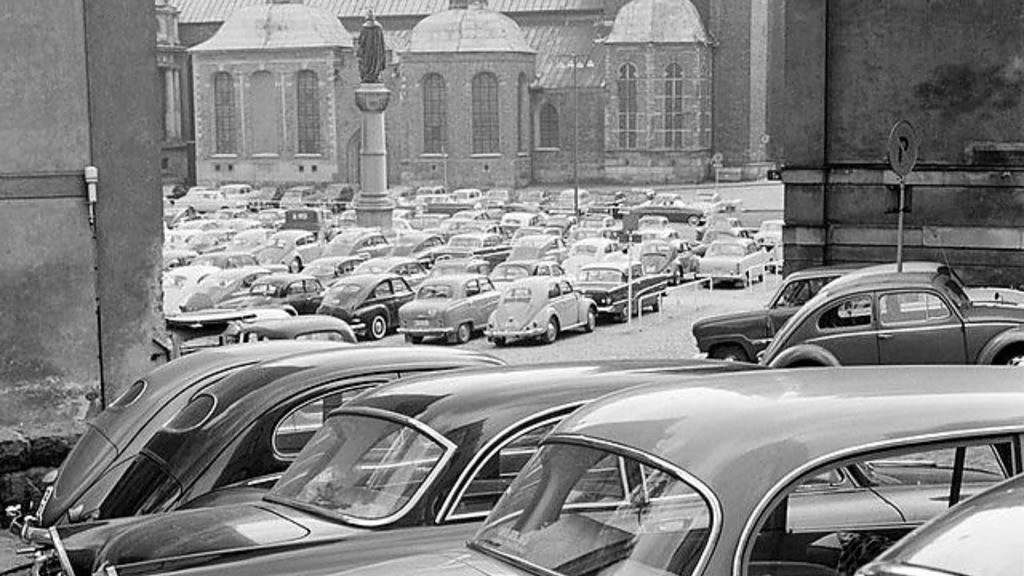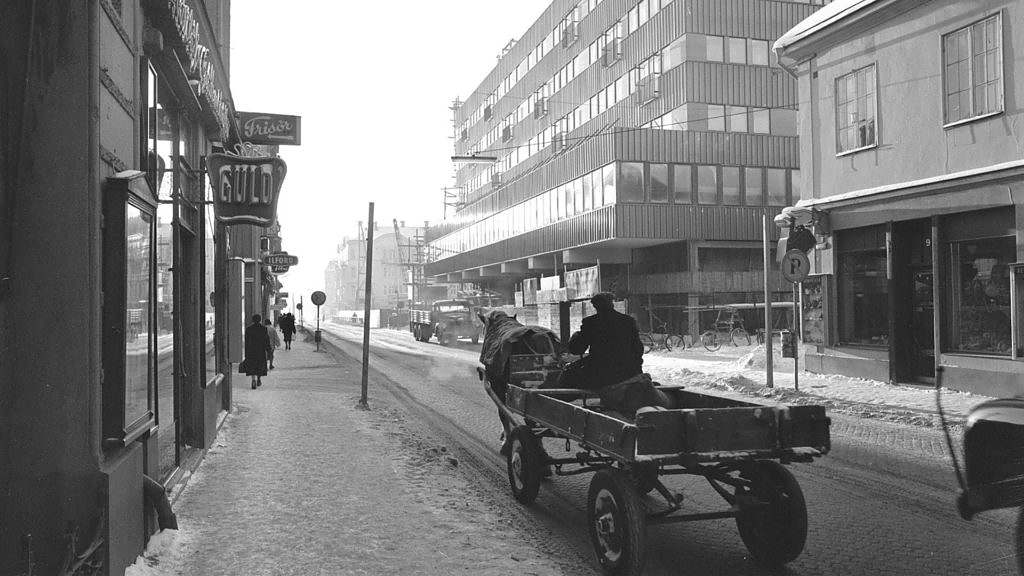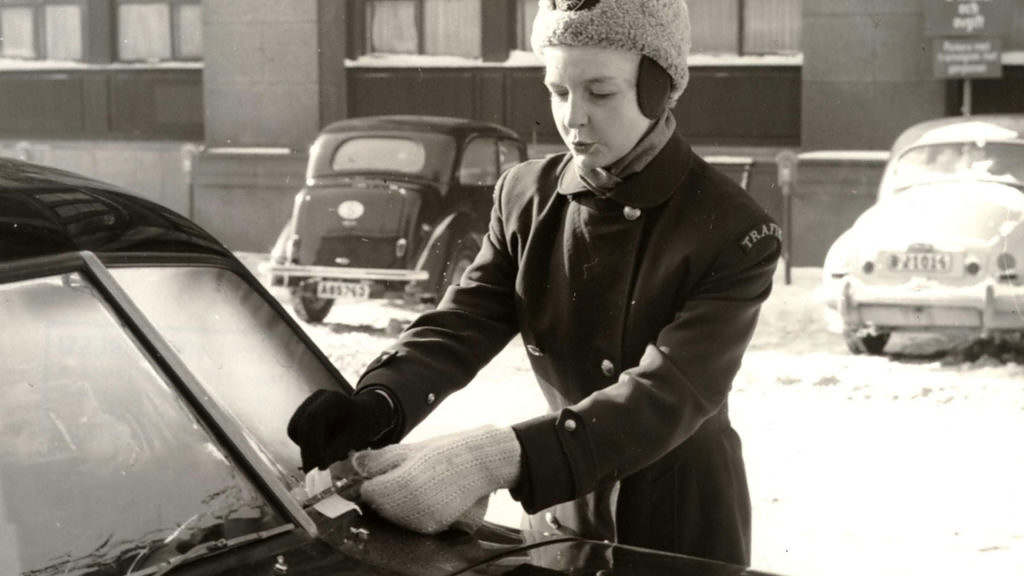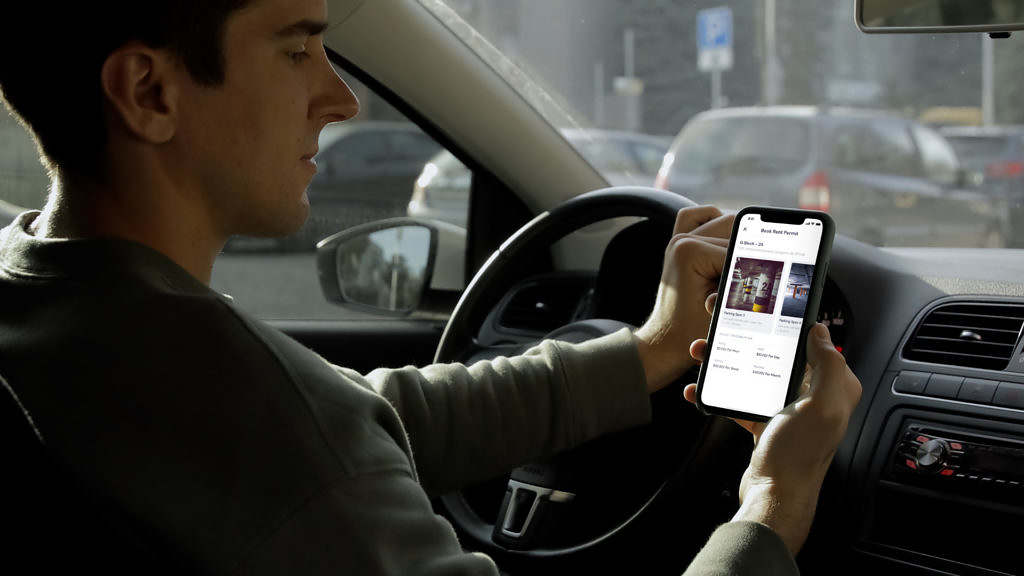A historical overview of parking
Parking lots are so integrated and taken for granted in our daily lives that we probably don't think about their origins or how they have evolved over time. So in this blog post, we take an exciting journey through history and explore how parking spaces and parking systems have emerged and changed over time, from the early 1900s with the horse and carriage all the way to today.

From horse and cart to motorized cars
100 years ago, the sight of cars was rare, and the leading means of transportation in both rural and urban areas was the horse and cart. When motorized vehicles began to make their appearance in the early 20th century, a relatively rapid development, a whole new challenge emerged. Cities and streets that had previously been adapted for horses and carriages suddenly had to adapt to car traffic and car parking. This included the implementation of wider and smoother roads, curbs, parking lots and parking pockets.
Fast forward 50 years to the 1950s, when a car boom began. After the Second World War, the Western economy stabilized and more people could afford to buy their own car. It was also during this decade that we saw the first mass production of cars, where motor vehicles came to symbolize freedom and independence for citizens.

The first parking discs and parking meters
The more common cars became in our communities, the more problems arose. Streets and squares became crowded, and city planners eventually realized that an organized system for managing parking spaces was needed to avoid congestion, among other things. That's when the idea and introduction of both parking discs and parking meters was born. The discs were used to mark the start time of parking, and the meters for payment. You recognize it from today's society, right? Parking disk and meter - still going strong!
The first parking attendants
The parking plates and meters created some order in the parking chaos, but it was quickly realized that someone also needed to control the parking area. To keep track of the parked cars, an entirely new profession emerged in Sweden in the 1950s: parking attendant.
Since monitoring and enforcing parking spaces was new, the first parking attendants were trained in parking rules, laws and ticketing. Their task was the same as in modern times - to ensure compliance with parking rules and regulations. Just like today, they also handed out fines when necessary. Their main tools were a notebook, a pen and (probably many) tickets.
Fun fact: From 1957 until 1977, there were only female parking attendants, hence the term 'Lapp-Lisa'.

Parking in modern times
To make traffic flows more efficient, we use everything from sensors and ANPR (Automatic Number Plate Recognition) technology to data analytics. HERE you can read more about ANPR, which is one of many innovative features we offer to our customers.
Contemporary challenges
Understanding the history behind parking gives us a deeper appreciation for the convenience we have today. It also shows us that the parking system is not static, but continues to evolve with technological advances and societal needs.
We have seen it before - that changes in society present major challenges. This is also the case in modern times. Streets are still crowded, and the environmental impact of car exhaust emissions has long been a major concern. Many cities are actively addressing this issue, including promoting public transport and cycling as alternatives to driving. We can also see that electric cars and other rechargeable vehicles are becoming more common.
Other challenges include lack of parking spaces, economic challenges, impact on commercial activities, and ensuring accessibility for all.

Moreover, the more technological our society becomes, the more innovative features need to be implemented to match demand. Parking management in particular has long been lagging behind on the technological front.
HERE you can read more about our work to modernize parking for property owners, landowners, housing associations, entrepreneurs and car owners in Sweden.
